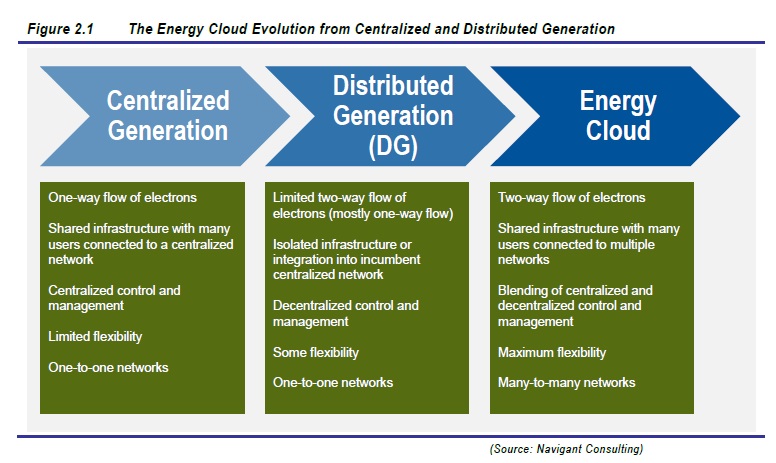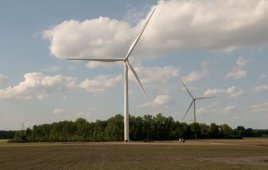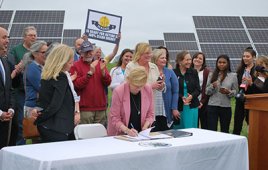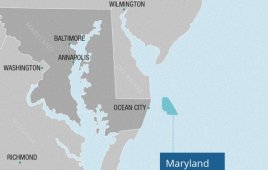Editor’s note: This paper, authored by Navigant Senior Research Director Mackinnon Lawrence and Research Director Eric Woods, offers a perspective on the emerging energy cloud, describing its basic elements and examining its likely impact on the power utility sector. We present just the Executive Summary.
The power sector is undergoing a fundamental transformation, shifting from a centralized hub-and-spoke grid architecture based on large centralized generation assets like fossil fuel, hydro, or nuclear power plants toward an increasingly decentralized electrical grid that makes use of distributed energy resources (DER). The growth of DER is being accelerated by broad discussions and evolving regulation on carbon emissions, a more proactive consumer or prosumer, and increased financial viability compared to traditional generation because of continuous lower price points to produce and install DER. This shift away from traditional power plants encompasses a diverse suite of technologies that go beyond DER. Energy storage, energy efficiency, demand response (DR), and the advanced software and hardware that enable greater control and interoperability across heterogeneous grid elements are all key components of the emerging energy cloud.
 Organized to help manage supply and demand across the grid, the energy cloud shares many characteristics with cloud computing. As with the IT cloud, these dynamic networks can enhance the efficient allocation of DER—including solar, wind, and energy storage systems—across a broad customer base. Greater stakeholder collaboration and maximizing the potential of decentralized power generation are among the energy cloud’s important benefits as efforts to modernize an aging grid continues to gain momentum.
Organized to help manage supply and demand across the grid, the energy cloud shares many characteristics with cloud computing. As with the IT cloud, these dynamic networks can enhance the efficient allocation of DER—including solar, wind, and energy storage systems—across a broad customer base. Greater stakeholder collaboration and maximizing the potential of decentralized power generation are among the energy cloud’s important benefits as efforts to modernize an aging grid continues to gain momentum.
Four key trends underpin the evolution toward the energy cloud:
» Increased broad discussion, development, and implementation of new regulations to reduce carbon emissions (e.g., Environmental Protection Agency [EPA] 111d and European Union [EU] Carbon Emissions ruling).
» The transition toward an increasingly decentralized grid architecture as a result of a significant rise in DER.
» Greater customer choice—more clients want control over their electricity usage and spend, as well as when and what type of power they buy or, in more extreme cases, the ability to self-generate and sell onsite power back to the grid.
» Increasing availability of data related to the edge of the electrical grid, enabled by healthy growth in smart grid infrastructure. The end result of this transformation is a reimagining of how we generate, store, and consume energy in the next 20 years. More specifically, the energy cloud represents a transition from one-way power flow to a dynamic network of networks supporting two-way energy flows at the periphery of the grid.
The growth in the deployment of key technologies such as distributed solar PV, energy storage, and virtual power plants (VPPs) is profiled in order to demonstrate both the velocity and scale of an evolutionary shift toward the energy cloud. A discussion around how this paradigm shift will affect the traditional utility-consumer relationship offers insight into challenges facing utilities as their customers embrace distributed generation (DG) and opportunities provided by new entrants to engage more proactively in the market. Finally, this paper explores the emerging strategies that utilities are taking to both embrace change and thrive in this evolving environment.
Navigant Research
https://www.navigantresearch.com/research/the-energy-cloud
Filed Under: Uncategorized




